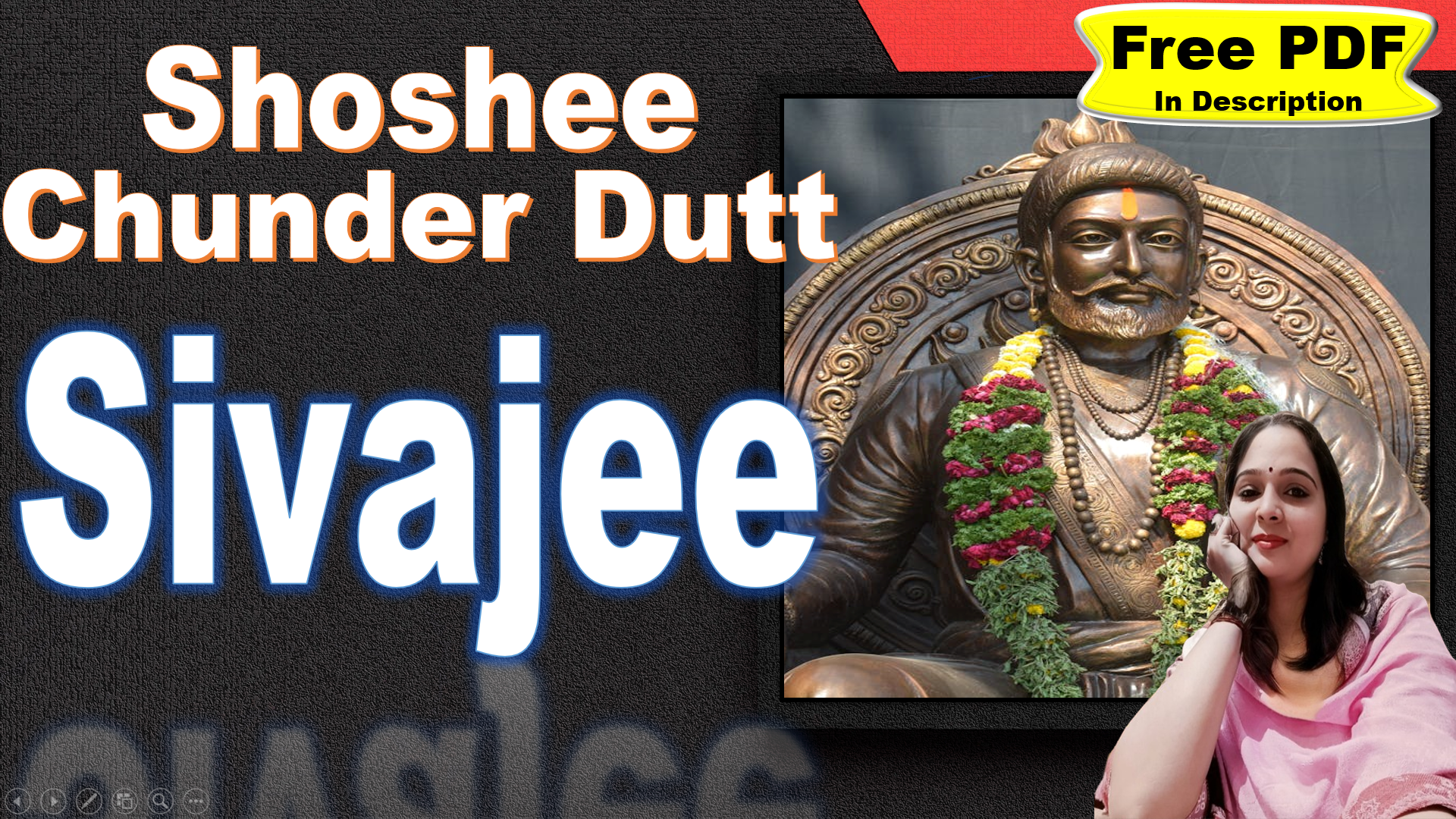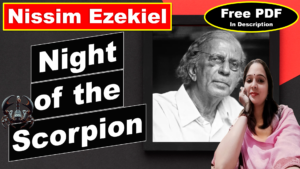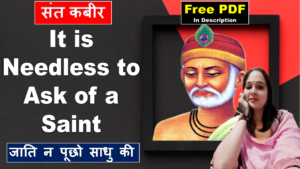Sivajee by Shoshee Chunder Dutt Questions Answers
Very Short Answer Questions
Q: Who is the author of the poem “Sivajee”?
A: The author of the poem “Sivajee” is Shoshee Chunder Dutt.
Q: Who are the two main characters in the poem?
A: The two main characters in the poem are Sivajee and Aurangzeb.
Q: What is the setting of the poem?
A: The poem is set in Aurangzeb’s court and the battlefield.
Q: What is the main theme of the poem?
A: The main themes of the poem are honor, defiance, and revenge.
Q: How does Sivajee react to the scorn in Aurangzeb’s court?
A: Sivajee reacts with anger and defiance to the scorn in Aurangzeb’s court.
Q: What does Sivajee vow after being insulted in the court?
A: Sivajee vows to seek revenge after being insulted in the court.
Q: How does Sivajee escape from his captivity?
A: Sivajee, likened to a cunning fox and a free eagle, manages to escape from his captivity.
Q: What does the “blood-red sword” symbolize in the poem?
A: The “blood-red sword” symbolizes Sivajee’s readiness for battle and his intent to seek justice.
Q: What does the “avenging blade” represent in the poem?
A: The “avenging blade” represents Sivajee’s intent to seek justice.
Q: What does the “kindling fire” symbolize in the poem?
A: The “kindling fire” symbolizes the growing rebellion led by Sivajee.
Q: What is the tone of the poem?
A: The tone of the poem is serious and dramatic.
Q: What is the rhyme scheme of the poem?
A: The rhyme scheme of the poem is ABCBDEFE.
Q: What does the “dusky smoke” represent in the poem?
A: The “dusky smoke” represents the chaos of war.
Q: What does the “unrelenting sword” symbolize in the poem?
A: The “unrelenting sword” symbolizes Sivajee’s unwavering resolve.
Q: What does the phrase “He never frowns in vain” suggest about Sivajee’s character?
A: The phrase “He never frowns in vain” suggests that Sivajee is determined and his anger always leads to action.
Q: What does the “bird” metaphor represent in the poem?
A: The “bird” metaphor represents Sivajee’s freedom and cunning.
Q: What does the phrase “rocks aloud resound” personify in the poem?
A: The phrase “rocks aloud resound” personifies the natural elements as witnesses to Sivajee’s deeds.
Q: What does the phrase “quakes the unconscious ground” suggest in the poem?
A: The phrase “quakes the unconscious ground” suggests the far-reaching effects of Sivajee’s vengeance.
Q: What does the phrase “The trusting bird, when once deceived, Will never trust again” imply about Sivajee?
A: The phrase implies that Sivajee, once betrayed, will not fall for the same tricks again.
Q: What is the message of the poem?
A: The message of the poem is the importance of standing up for one’s honor and the consequences of underestimating and disrespecting a proud and determined individual.
Short Answer Questions
Q: How does the poet depict Sivajee’s character in the poem?
A: The poet depicts Sivajee as a proud and defiant warrior who refuses to be humiliated. He is portrayed as a cunning and resourceful individual, likened to a fox and an eagle. His determination to seek revenge and his readiness for battle are emphasized throughout the poem.
Q: What is the significance of the “blood-red sword” and the “avenging blade” in the poem?
A: The “blood-red sword” and the “avenging blade” are symbols of Sivajee’s intent to fight and seek justice. They represent his readiness for battle and his determination to avenge the insult he suffered in Aurangzeb’s court.
Q: How does the poet use imagery in the poem?
A: The poet uses vivid imagery to create a mental picture of the events in the poem. Descriptions like “stately hall”, “royal throne”, “dusky smoke”, and “blood-red sword” help the reader visualize the grandeur of Aurangzeb’s court, the intensity of Sivajee’s emotions, and the chaos of the battlefield.
Q: What is the tone of the poem and how does it contribute to the overall impact of the poem?
A: The tone of the poem is serious and dramatic. The poet uses strong, emotive language to convey the intensity of Sivajee’s emotions and the seriousness of his situation. This tone enhances the dramatic effect of the poem and helps to engage the reader’s emotions.
Q: How does the poet use metaphors in the poem?
A: The poet uses metaphors to provide insight into Sivajee’s character and his situation. For example, Sivajee is likened to a bird that has escaped its cage, symbolizing his freedom and cunning. The “avenging blade” and the “blood-red sword” are metaphors for his intent to seek justice.
Q: What is the main conflict in the poem?
A: The main conflict in the poem is between Sivajee and Aurangzeb. This conflict is sparked by the scorn and disrespect Sivajee experiences in Aurangzeb’s court, leading to his vow to seek revenge.
Q: How does the poet use personification in the poem?
A: The poet uses personification in phrases like “rocks aloud resound” and “quakes the unconscious ground”, attributing human characteristics to the rocks and the ground. This helps convey the impact of Sivajee’s actions.
Q: What is the message of the poem?
A: The message of the poem is the importance of standing up for one’s honor and the consequences of underestimating and disrespecting a proud and determined individual. The poem also highlights the destructive effects of tyranny and the power of resilience and defiance in the face of oppression.
Q: How does the poet depict Aurangzeb’s character in the poem?
A: Aurangzeb is depicted as a tyrant who sits alone on his throne, surrounded by his knights, nobles, and slaves. He is shown to be scornful and dismissive of Sivajee, leading to the conflict in the poem.
Q: How does the poem end?
A: The poem ends with a prophecy that Sivajee will build his name on vengeance and that even Aurangzeb will regret having provoked his wrath. This serves as a warning about the dangers of underestimating and disrespecting a proud and determined individual like Sivajee.










